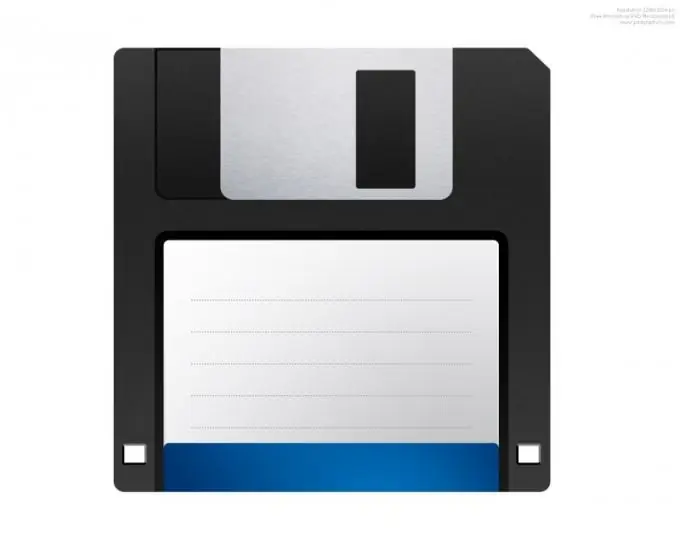In practice, users of operating systems of the Windows family often encountered situations in which the system did not want to boot to the end, going into the reboot phase or displaying simple white phrases on a black background. To restore work, emergency floppies were often used, from which it was possible to boot.

Necessary
Operating system Windows XP
Instructions
Step 1
Recovery using bootable floppies was carried out until the advent of Windows 2000. It was this system that marked the beginning of a radical change in the structure of systems. The boot floppy was used extremely rarely, but it could not completely disappear, like an atavism.
Step 2
More and more often, IT specialists recommend using a distribution kit as a recovery disk, i.e. An installation disk from which you can update lost system files. It was also a good help to use different boot methods, for example, "Safe Mode" or "Load Last Known Good Configuration". To do this, at boot, you must press the F8 key after loading the BIOS of the motherboard and the appearance of the coveted system logo.
Step 3
But there are times when loading even these modes is impossible, here it is necessary to create a boot floppy disk. Therefore, initially prepare a working floppy disk and insert it into the floppy drive (3.5 A). It needs to be formatted, but not as bootable, but in a standard way. To do this, open "Explorer" or double-click the left mouse button on the "My Computer" icon.
Step 4
In the window that opens, find the floppy drive, right-click on it and select "Format". In the window that opens, click the "Start" button.
Step 5
Next, go to the "C:" drive. If Explorer displays a warning "Show the contents of this folder", feel free to click on this inscription. You need to copy some system files from the system disk to a floppy disk, which are most likely hidden from prying eyes.
Step 6
To display hidden files, go to the top Tools menu and select Folder Options. In the window that opens, go to the "View" tab and check the box next to the item "Show hidden files and folders", and opposite "Hide protected system files" the checkbox must be unchecked. To the warning that appears, answer positively, then click the "OK" button.
Step 7
Copy the boot.ini, ntdetect.com, and ntldr files from the root of the system drive and paste them onto a floppy disk. After you remove it, it is recommended to put write protection on by sliding the switch on the front of the floppy disk. It would be nice if you sign it appropriately, for example, "Boot Floppy".
Step 8
Now go back to the "Folder Properties" and on the "View" tab restore the defaults, then click the "OK" button.
Step 9
Reinsert the floppy disk and restart the computer, shutting down all applications. Check that the boot floppy is working.






